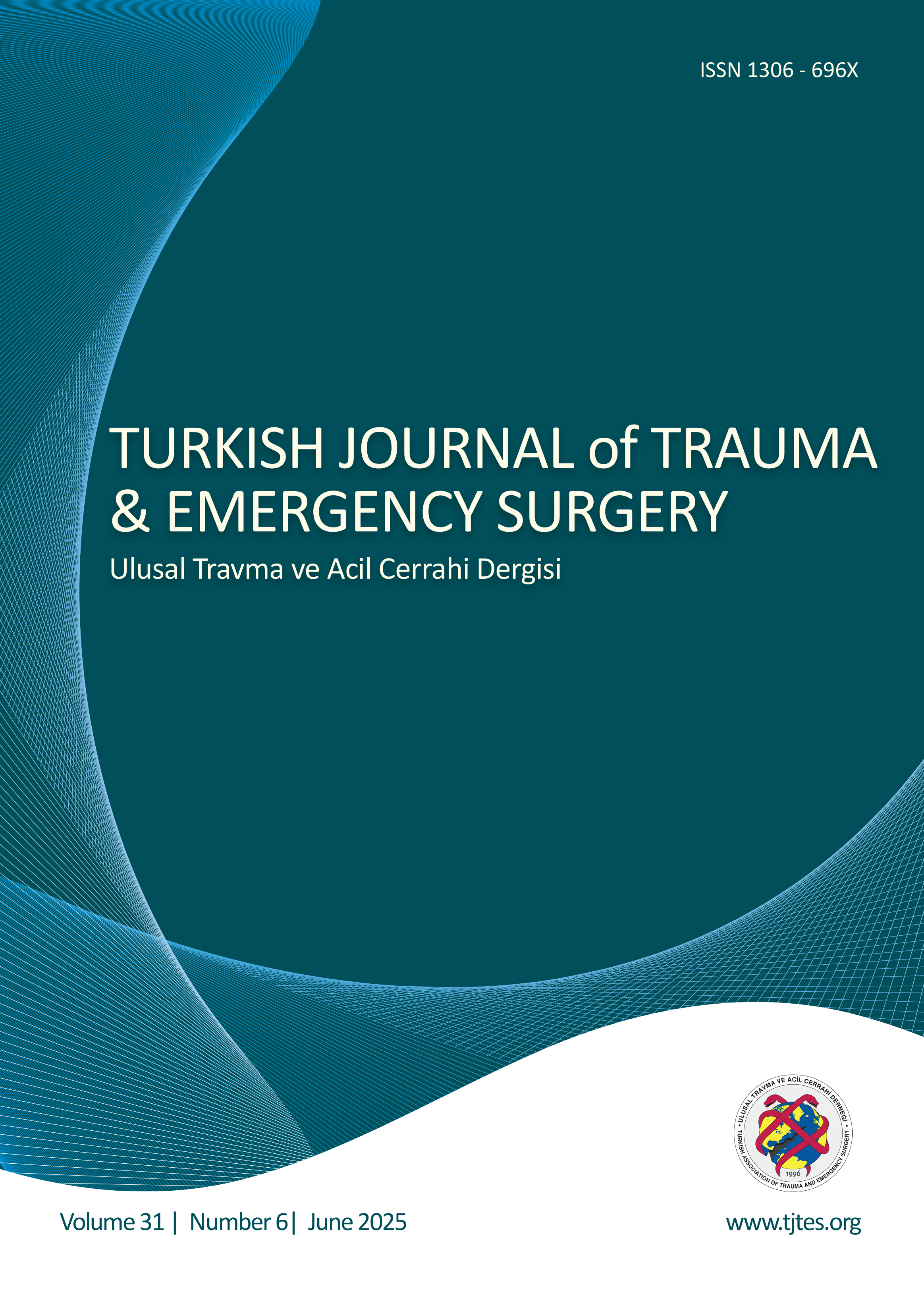Quick Search
Effects of transpositional muscle flaps transfected with vascular endothelial growth factor gene in the treatment of experimental osteomyelitis
Mahir Aliyev1, Andaç Aykan2, Muhitdin Eski2, Nuri Arslan3, Bülent Kurt4, Mustafa Şengezer21Department Of Plastic And Reconstructive Surgery, Military Hospital, Baku, Azerbaijan.2Department Of Plastic And Reconstructive Surgery, Gulhane Military Medical Academy, Ankara, Turkey.
3Department Of Nuclear Medicine, Gulhane Military Medical Academy, Ankara, Turkey.
4Department Of Pathology, Gulhane Military Medical Academy, Ankara, Turkey.
BACKGROUND: Based on the angiogenetic and stimulating effects of bone healing and formation of vascular endothelial growth factor (VEGF), the present study was designed to assess the efficacy of VEGF gene application in the management of experimentally induced osteomyelitis.
METHODS: Thirty-two male Sprague Dawley rats were divided into 4 groups, and osteomyelitis was induced in the left tibial bones. Group 1 (n=8) was designated as a control group, and, after the induction of osteomyelitis, no treatment was applied for a period of 4 weeks. Group 2 (n=8) received only antibiotic treatment for 4 weeks following induction of osteomyelitis. In Group 3 (n=8), proximally pedicled gastrocnemius muscle flap was transposed over the osteomyelitic region following induction of osteomyelitis and antibiotic treatment applied for a 4-week period. In Group 4 (n=8), VEGF gene-transfected gastrocnemius muscle flap was transposed over the osteomyelitic region following identical antibiotic regimen applied for a 4-week period. For each group, body temperature, white blood cell (WBC) count, and radiological and histological parameters were evaluated.
RESULTS: Body temperature and WBC count remained high in the control group, but returned to normal in Groups 2, 3, and 4 after the third week of treatment. Statistical analysis of the total scores of radiological and histological results revealed significant differences between Groups 1 and 3, Groups 1 and 4, Groups 2 and 3, and Groups 2 and 4 (p<0.05). Regarding radiological parameters of abscess and sequester, and histological parameter of abscess, statistically significant differences were found between Group 4 and the other groups (p<0.05).
CONCLUSION: The efficacy of the VEGF gene-transfected muscle flap in the management of experimental osteomyelitis was proven by the results of the present study.
Deneysel osteomyelit tedavisinde vasküler endotelial büyüme faktörü geni ile transfekte edilmiş transpozisyonel kas flebinin etkinliği
Mahir Aliyev1, Andaç Aykan2, Muhitdin Eski2, Nuri Arslan3, Bülent Kurt4, Mustafa Şengezer21Asker Hastanesi, Plastik, Rekonstrüktif Ve Estetik Cerrahi, Bakü, Azerbaycan.2Gulhane Askeri Tıp Akademisi, Plastik, Rekonstrüktif Ve Estetik Cerrahi Ana Bilim Dalı, Ankara, Türkiye
3Gulhane Askeri Tıp Akademisi, Nükleer Tıp Ana Bilim Dalı, Ankara, Türkiye
4Gulhane Askeri Tıp Akademisi, Patoloji Ana Bilim Dalı, Ankara, Türkiye
AMAÇ: Bu çalışma, vasküler endotelyal büyüme faktörünün (VEGF) kemik iyileşmesi ve formasyonu üzerine anjiyogenetik ve indükleyici etkisine dayanarak, deneysel olarak oluşturulmuş osteomyelitte VEGF gen uygulamasının etkinliğini araştırmak için dizayn edildi.
GEREÇ VE YÖNTEM: Bu amaçla 32 adet erkek Sprague-Dawley cinsi sıçanın sol tibiasında osteomyelit oluşturuldu ve denekler dört eşit gruba ayrıldı. Birinci grupta (kontrol grubu, n=8) dört hafta süre ile hiçbir tedavi uygulanmadı. İkinci grupta (n=8) dört hafta antibiyotik tedavisi uygulandı. Üçüncü grupta (n=8) proksimal pediküllü medial gastroknemius kas flebi osteomyelit alanına transpoze edildi ve dört hafta antibiyotik tedavisi uygulandı. Dördüncü grupta (n=8) ise proksimal pediküllü medial gastroknemius kas flebi osteomyelit alanına transpoze edildikten sonra plazmid içinde VEGF DNAsı kas içine enjekte edildi ve dört hafta antibiyotik tedavisi uygulandı. Tüm gruplarda vücut ısısı, kan beyaz küre sayısı incelendi, osteomyelit oluşturulan kemikler radyolojik ve histolojik açıdan değerlendirildi.
BULGULAR: Vücut ısısı ve lökositoz değerleri kontrol grubunda sürekli yüksekken, ikinci, üçüncü ve dördüncü gruplarda ise tedavinin üçüncü haftasında normal seviyelere döndüğü bulundu. Radyolojik ve histolojik değerlerin toplam skorlarının istatistiksel analizinde 1-3, 1-4, 2-3, ve 2 ile 4. gruplar arasında anlamlı fark tespit edildi (p<0.05). Radyolojik parametrelerden sadece apse ve sekestrum, histolojik parametrelerden ise sadece apse oluşumu açısından dördüncü grup ve diğer gruplar arasında anlamlı fark saptandı (p<0.05).
TARTIŞMA: Elde edilen bulgular, VEGF geni ile transfekte edilmiş kas flebinin, deneysel olarak, osteomyelit tedavisinde etkin olduğunu göstermiştir.
Manuscript Language: English



